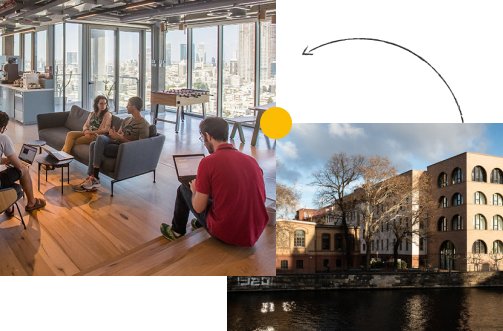Bridging Sign and Spoken Languages: Pseudo GlossGeneration for Sign Language Translation
Abstract
Sign Language Translation (SLT) aims to map sign language videos to spoken language text. A common approach leverages gloss annotations as an intermediate representation, decomposing SLT into two sub-tasks: video-to-gloss recognition and gloss-to-text translation. While effective, this paradigm relies on expert-annotated gloss labels, which are costly and increasingly unavailable in many datasets, limiting scalability.
To address this challenge, we propose a gloss-free pseudo gloss generation framework that eliminates the need for human-annotated glosses while preserving the structured intermediate representation. Specifically, we prompt a Large Language Model (LLM) with example text-gloss pairs to extract potential sign-related gloss words from the text by leveraging its in-context learning capability.
To mitigate the inherent misalignment between generated pseudo glosses and sign sequences in the video, we further refine their order by formulating the alignment as a weakly supervised learning problem.
With the reordered pseudo-glosses, additional alignment losses such as CTC can be incorporated to enhance supervision. We train our SLT model—comprising a vision encoder and a translator—under a three-stage pipeline, effectively bridging the gap between sign and spoken language.
Despite its simplicity, our approach outperforms previous state-of-the-art gloss-free frameworks across three SLT benchmarks and achieves competitive results with gloss-based methods.
To address this challenge, we propose a gloss-free pseudo gloss generation framework that eliminates the need for human-annotated glosses while preserving the structured intermediate representation. Specifically, we prompt a Large Language Model (LLM) with example text-gloss pairs to extract potential sign-related gloss words from the text by leveraging its in-context learning capability.
To mitigate the inherent misalignment between generated pseudo glosses and sign sequences in the video, we further refine their order by formulating the alignment as a weakly supervised learning problem.
With the reordered pseudo-glosses, additional alignment losses such as CTC can be incorporated to enhance supervision. We train our SLT model—comprising a vision encoder and a translator—under a three-stage pipeline, effectively bridging the gap between sign and spoken language.
Despite its simplicity, our approach outperforms previous state-of-the-art gloss-free frameworks across three SLT benchmarks and achieves competitive results with gloss-based methods.
